

beach camp
A Beach Safety App
Description
Beach Camp is an innovative project developed by our team, and our client is Surf Life Saving Australia (SLSA). The project aims to enhance unpatrolled beach safety through the use of Augmented Reality (AR) technology and community engagement. By combining educational features with interactive gaming, Beach Camp provides beachgoers with practical safety information and encourages safer behaviors.
Role
UI/UX Designer
Concept Designer
Video Editor
date
2024
tools
Miro
Unity
Figma
Photoshop
Premiere Pro
project goals
01
Increase unpatrolled Beach Safety Awareness
02
Promote Community Engagement
03
Provide Immersive and Interactive Learning Experiences
04
Encourage Safe Behaviors

Project Background
Unpatrolled locations represent one of the biggest challenges in water safety and drowning prevention efforts. Between 2013 and 2023, three in four unintentional coastal drowning deaths occurred more than one kilometer from a Surf Life Saving service, almost all at unpatrolled locations or outside of patrolled times. This highlights the need for improved safety measures and information dissemination for unpatrolled beaches. Beach Camp aims to address this gap by leveraging technology and community involvement.
Primary Research Insights
The ‘swim between the flags’ message is not enough !
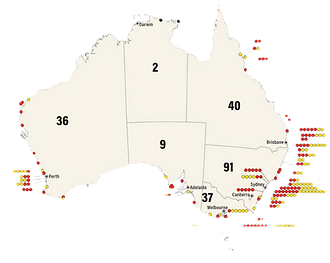
COASTAL DEATH LOCATION

we highlights the need for innovative safety interventions at unpatrolled beaches, targeting the most at-risk groups

rESEARCH KEY FINDINGS
Field work

Existing solution

Questionnaire

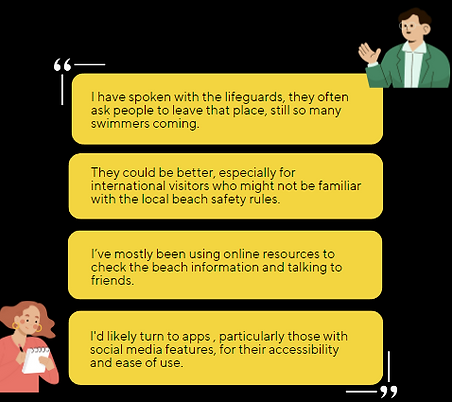
Semi-structured interview
we integrat these findings to ensure we address these challenges effectively, enhancing beach safety and education for all beachgoers
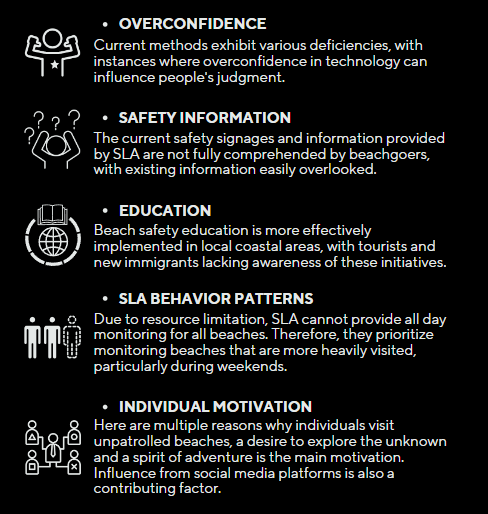
How might we use technology to monitor and ensure the safety of swimmers on unpatrolled beaches?
design principles
we identified several key design principles to guide our approach and ensure the project effectively meets the needs of our users

Usability
Interactivity
Educational Impact
Community Engagement
Inclusivity
Initial concept selection
we utilized a Decision Matrix. This matrix helped us evaluate four different design concepts based on our established design principles

After careful evaluation, the "Scavenger Hunt" and "Online Community Reporter" concepts emerged as the top choices, each scoring well across the design principles, with particular strengths in community engagement and educational impact.
Framing the Problem
We focused on the theme of personal growth, inspired by settings like a yoga retreat, which emphasizes self-improvement and behavioral change. This approach led us to frame our design principles around influencing individual behavior on the beach to prevent drowning deaths.
How might we prevent drowning deaths in beachgoers by changing behavior rather than just educating them?
Framing the solution
What Did We Propose, Why, and How?

WHY
To provide an engaging and effective way to improve beach safety awareness and behaviors, making safety education appealing and integrated into everyday beach activities
HOW
By offering an AR game that provides an alternative to dangerous water-based activities, users can have fun without participating in risky situations.
Introducing a beach safety app integrated with Google Maps allows users to report and access real-time information on beach safety and environmental conditions.
An additional real-time map forum feature encourages community interaction by sharing live updates and safety tips, providing a human aspect to receiving advice
WHAT
-
Beach Camp Game: An AR game designed to divert attention from risky behaviors to safer, engaging activities.
-
Informational Feature: Digestible guidelines and tips for beachgoers, accessible through an extension on Google Maps.
-
Community Forum: A platform for users to interact, share updates, and receive safety tips, enhancing collective safety awareness.
concept dESIGN
Concept idea draft
Beach Camp enhances beach safety awareness through AR games and community interaction. The project integrates with Google Maps to provide users with easy access to safety information and uses AR technology for interactive learning and challenges.
The Idea in Practice- Storyboard

The storyboard illustrates how Alex uses the Beach Camp app to enhance his beach safety awareness and experience
Model of Enagement
We used a Model of Engagement to observe and evaluate user interaction with our Beach Camp prototype. This framework helped us understand different types of user engagement across various phases and how they interact with the features of Beach Camp and the affiliated Google Maps function.
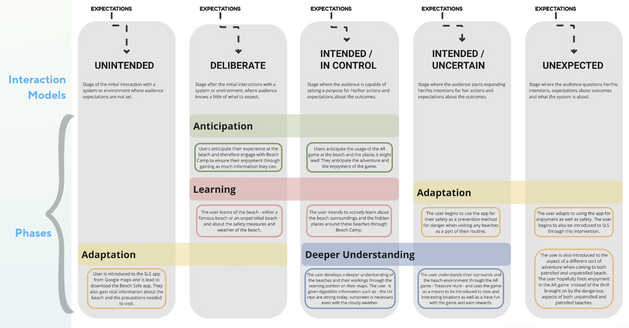

Journey Map
The journey map illustrates our iterative process, from understanding the problem and identifying stakeholders to refining our concept through feedback and user testing. By focusing on individual behavior and engagement, we developed a more relatable and effective beach safety solution that leverages AR technology and community partnerships.
prototype dESIGN
Low fidelity wireframes
This low fidelity model demonstrates the main features and user interface of the Beach Camp app, illustrating how it integrates with Google Maps and utilizes AR technology for beach safety and community engagement.








High fidelity prototype workflow
Integration with Google Maps


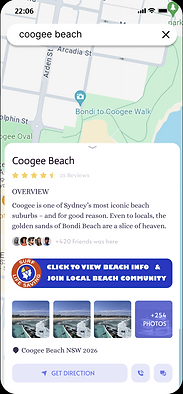

home page & Dynamic Safety Displays






AR gaming & Reward system













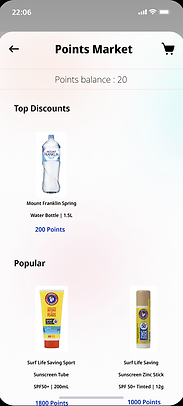


Community Engagement






Chat message module


User profile

Final Product Mockup

Prototype Walkthrough
Reflection
Situation
The alarming rate of drowning incidents at unpatrolled beaches revealed a significant gap in existing safety measures. This situation necessitated the development of a solution that could provide real-time safety information and actively engage beachgoers in adopting proactive safety behaviors.
Task
In this group project, my responsibilities were multi-faceted. I led the user research phase, played a pivotal role in designing the user interface, and spearheaded the integration of augmented reality (AR) features. My objective was to ensure that the design was both user-friendly and effective in delivering crucial safety information.
Action
We undertook extensive user interviews and testing sessions to gather comprehensive insights into the needs and behaviors of beachgoers. This data was instrumental in refining the app's design to make it intuitive and engaging. The integration of AR technology, although challenging, was essential in making the learning process interactive and memorable. This involved meticulous planning and testing to seamlessly blend AR elements with real-time data and user interactions.
Result
The final product, Beach Camp, emerged as a comprehensive safety tool that effectively combined real-time data, community engagement, and gamified learning. Feedback from users was overwhelmingly positive, highlighting the app's utility and enjoyability. Users reported increased awareness and a proactive approach to safety, indicating the app's success in meeting its goals.